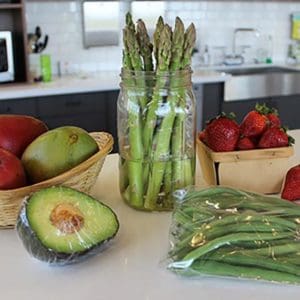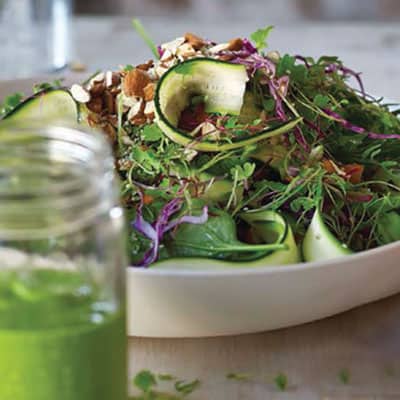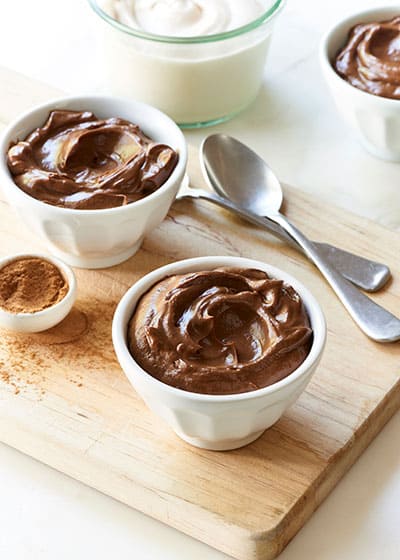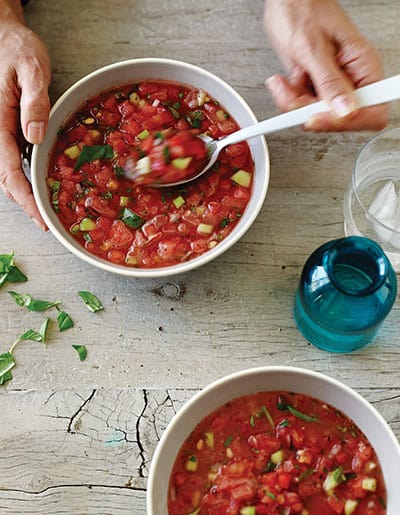Using the right oils can take your marinades and vinaigrettes from good to gourmet, and your sautéed veggies from decent to divine. The trick is to know the capabilities, cooking characteristics and flavor nuances of your oil of choice. Here’s an overview of some of the popular oils on the market today.
Avocado Oil
Avocado oil is getting plenty of attention for its deep-fry friendliness and buttery flavor. It’s a sturdy oil with a high smoke point (the temperature at which the oil breaks down and is damaged) and can tolerate temperatures up to 520°F. The subtle flavor is light enough to be appreciated in salad dressings, dips and in a variety of Southwestern dishes. Despite its source, it will not leave your food tasting like guacamole, but rather adds a soft, rich, buttery taste on the palate.
One manufacturer recommends using avocado oil within 10 months, though it can last much longer. No refrigeration is required for storage. Because avocados are difficult to process, the oil can be expensive, but the flavor and capabilities are worth the splurge.
Canola Oil
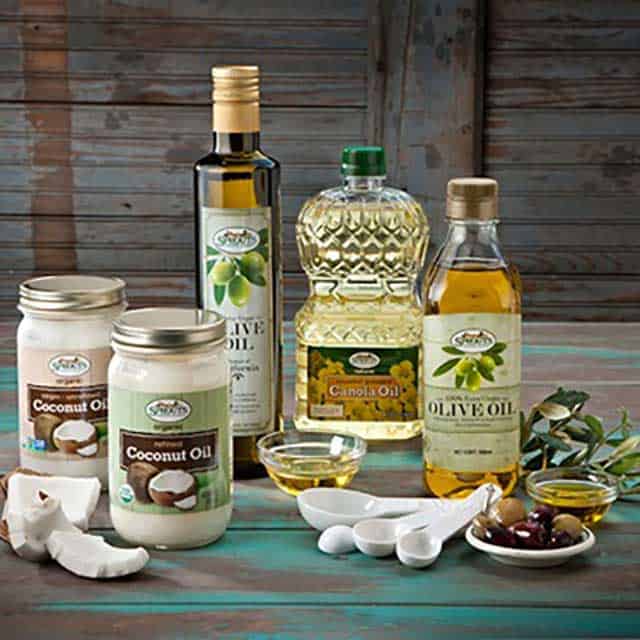
This refined, neutral-flavored oil can tolerate heat up to 435°F, making it good for sautéing and baking, but not necessarily frying. The light flavor also adapts well to salad dressing. Canola oil keeps well in the cabinet (for up to a year). It is lower in saturated fat than just about any other oil, and, like olive oil, contains monounsaturated fats that can help promote the good cholesterol in your body.
You might have heard about some of the controversy surrounding canola oil, in part because there really is no such thing as a canola. The name comes from Canadian Oil, Low Acid and was once a trademark but is now a generic term. Canola oil is derived from a plant that is a genetic variant of rapeseed. It was first introduced into the U.S. only 25 years ago, although rapeseed oil has been used in cooking for centuries in India, China and Europe.
For a good discussion about the history of canola oil and the controversy about rapeseed oil, check out this
article from the myth-busters at snopes.com (be sure to read the analysis at the bottom of the page, not just the consumer comments at the top).
Grapeseed Oil
Made from the pressed seeds of some varieties of Vitis vinifera grapes, grapeseed oil is a by-product of winemaking. It offers a light, nutty flavor and has a moderately high smoke point, tolerating temperatures up to 420°F. Due to its mild taste, grapeseed oil is good for any cooked or raw preparation where strong oil flavor is unwanted. It is best stored in the refrigerator and keeps for up to six months.
Extra-Virgin Olive Oil
Extra-virgin olive oil (EVOO, in the media hype of Rachael Ray) is unrefined, meaning it was not altered chemically or mechanically after being pressed—usually cold-pressed to protect it from heat damage. Consequently, extra-virgin oil is more flavorful than refined olive oil. Since EVOO is unrefined, it is susceptible to heat and light damage and has a low smoke point. Heat and heavy cooking will destroy the taste. The flavor is somewhat peppery, making it endlessly versatile and perfect for dipping or drizzling onto a finished soup or pasta dish. Extra-virgin olive oil is within a year of pressing.
Olive Oil
Standard olive oil is the less expensive, less flavorful cousin of extra-virgin olive oil. Since it is refined, it has a longer shelf life and can last about a year unopened and half a year in an opened container. Unlike EVOO, it can tolerate high heat (up to about 450°F) so it’s ideal for sautéing and even can be found in baked goods. While all oils should be stored in cool, dark places, refined oils such as this are less sensitive to heat and light. You can also put olive oil in the refrigerator, though it will take on a cloudy appearance. To restore the look to normal, just set it out at room temperature for a while.
Peanut Oil
This oil can withstand a lot of heat, making it popular for deep-frying. It is often praised in the culinary world for the clean flavor it lends to foods. In tests by Cook’s Illustrated magazine, it was found to be the best oil for fried chicken. It is high in saturated fat (18 percent), so you’ll want to keep its use to a minimum. Peanut oil can be pricey, so it’s best kept in the cupboard for special deep-fried indulgences.
Sesame Oil
Sesame oil, which comes in both raw and flavored toasted varieties, is used most often in the sauces and marinades of Asian cuisines. The intense flavor of toasted sesame oil makes it a bit too strong for most salad dressings (unless cut with a neutral oil) and can turn bitter when heated. When used sparingly, it makes a nice finishing oil. Sesame oil has a low smoke point, so it shouldn’t be used for frying. It stores best in a cool, dark cabinet.
Sunflower and Safflower Oils
These refined, neutral-flavored oils are very adaptable. They are great for sautéing and pan frying and make delicious vinaigrettes, salad dressings, and even homemade mayonnaise. Safflower oil will remain stable at high temperatures, sunflower a bit lower temps. Both can go rancid easily so should be refrigerated once opened. Look for high-oleic varieties if you are going to cook with these oils on the stove.
Vegetable Oil
This classic oil generally is made from refined soybean oil. It has a neutral flavor, will stand up to strong heat (450°F) and stores well at room temperature. It is an ideal oil for baking. Vegetable oil is a reliable and inexpensive kitchen workhorse, much like corn oil. It can keep for six months to a year after opening.
Walnut, Hazelnut and Almond Oils
These unrefined oils offer rich, assertive flavors. As with toasted sesame oil, a little bit of these gourmet goodies goes a long way. All three are best used raw: perfect to dress steamed or roasted vegetables, or to drizzle over grilled fish or a cooked pasta dish just before serving. Their nutty flavors marry well in some baked goods, like almond cookies and zucchini walnut bread. Nut oils are particularly susceptible to rancidity, so are best bought in small amounts and stored refrigerated.
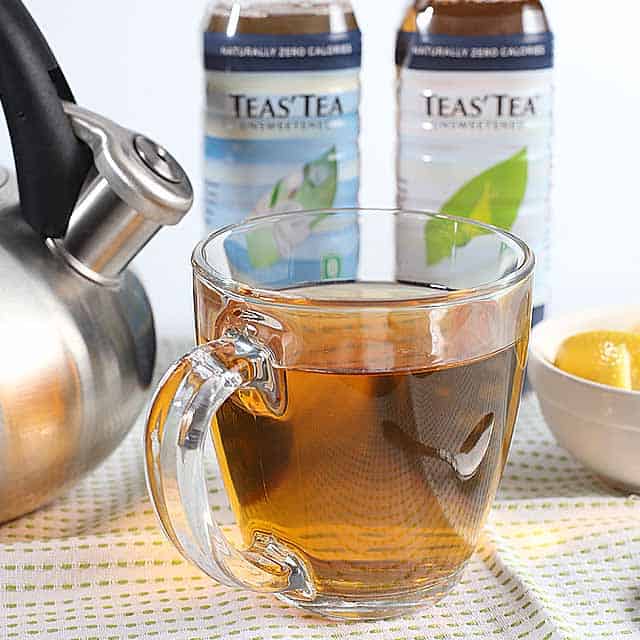







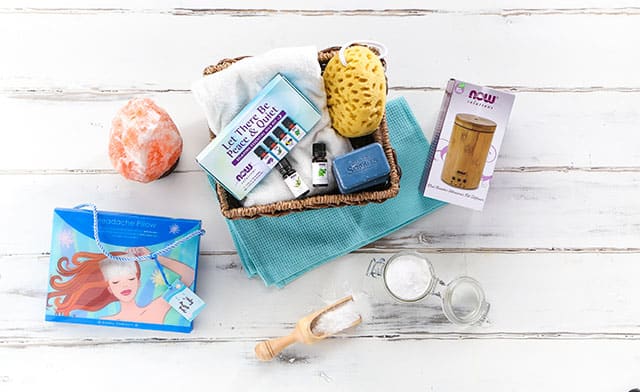
 This refined, neutral-flavored oil can tolerate heat up to 435°F, making it good for sautéing and baking, but not necessarily frying. The light flavor also adapts well to salad dressing. Canola oil keeps well in the cabinet (for up to a year). It is lower in saturated fat than just about any other oil, and, like olive oil, contains monounsaturated fats that can help promote the good cholesterol in your body.
You might have heard about some of the controversy surrounding canola oil, in part because there really is no such thing as a canola. The name comes from Canadian Oil, Low Acid and was once a trademark but is now a generic term. Canola oil is derived from a plant that is a genetic variant of rapeseed. It was first introduced into the U.S. only 25 years ago, although rapeseed oil has been used in cooking for centuries in India, China and Europe.
For a good discussion about the history of canola oil and the controversy about rapeseed oil, check out this article from the myth-busters at snopes.com (be sure to read the analysis at the bottom of the page, not just the consumer comments at the top).
This refined, neutral-flavored oil can tolerate heat up to 435°F, making it good for sautéing and baking, but not necessarily frying. The light flavor also adapts well to salad dressing. Canola oil keeps well in the cabinet (for up to a year). It is lower in saturated fat than just about any other oil, and, like olive oil, contains monounsaturated fats that can help promote the good cholesterol in your body.
You might have heard about some of the controversy surrounding canola oil, in part because there really is no such thing as a canola. The name comes from Canadian Oil, Low Acid and was once a trademark but is now a generic term. Canola oil is derived from a plant that is a genetic variant of rapeseed. It was first introduced into the U.S. only 25 years ago, although rapeseed oil has been used in cooking for centuries in India, China and Europe.
For a good discussion about the history of canola oil and the controversy about rapeseed oil, check out this article from the myth-busters at snopes.com (be sure to read the analysis at the bottom of the page, not just the consumer comments at the top).
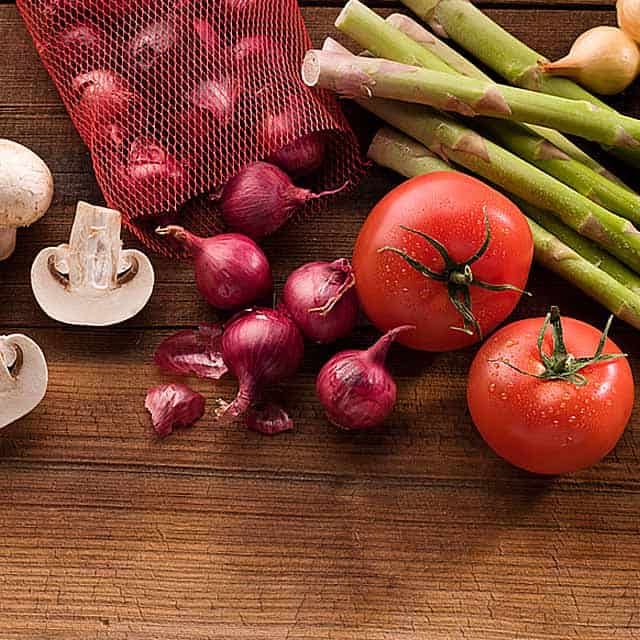 You want to feel good and look great, but finding and maintaining a well-balanced diet and lifestyle may seem like a never-ending challenge. With the quick and easy availability of fast foods, processed foods and snacks, your healthy eating plan can easily get derailed.
Healthy eating is getting good nutrition from high-quality, nutrient-dense fresh foods. Consuming a variety of healthy foods adds nutrients to your body, helps you maintain good health and can protect against chronic illness like heart disease, stroke, type 2 diabetes and some cancers.
You want to feel good and look great, but finding and maintaining a well-balanced diet and lifestyle may seem like a never-ending challenge. With the quick and easy availability of fast foods, processed foods and snacks, your healthy eating plan can easily get derailed.
Healthy eating is getting good nutrition from high-quality, nutrient-dense fresh foods. Consuming a variety of healthy foods adds nutrients to your body, helps you maintain good health and can protect against chronic illness like heart disease, stroke, type 2 diabetes and some cancers.
 Stave off that winter bug with some good old-fashioned natural remedies from Sprouts.
Stave off that winter bug with some good old-fashioned natural remedies from Sprouts.
